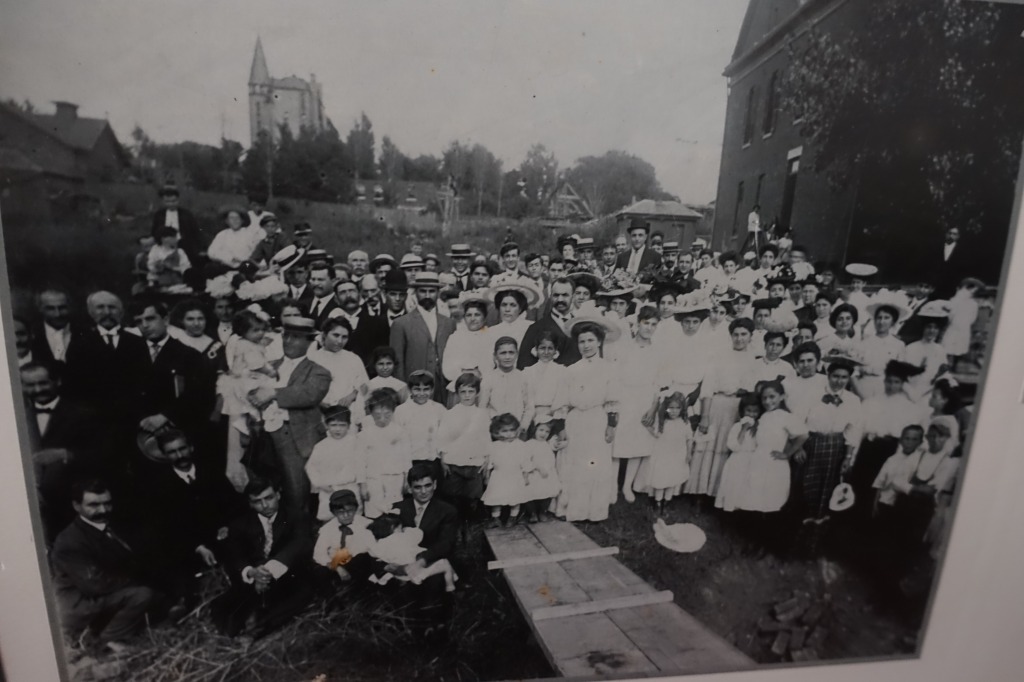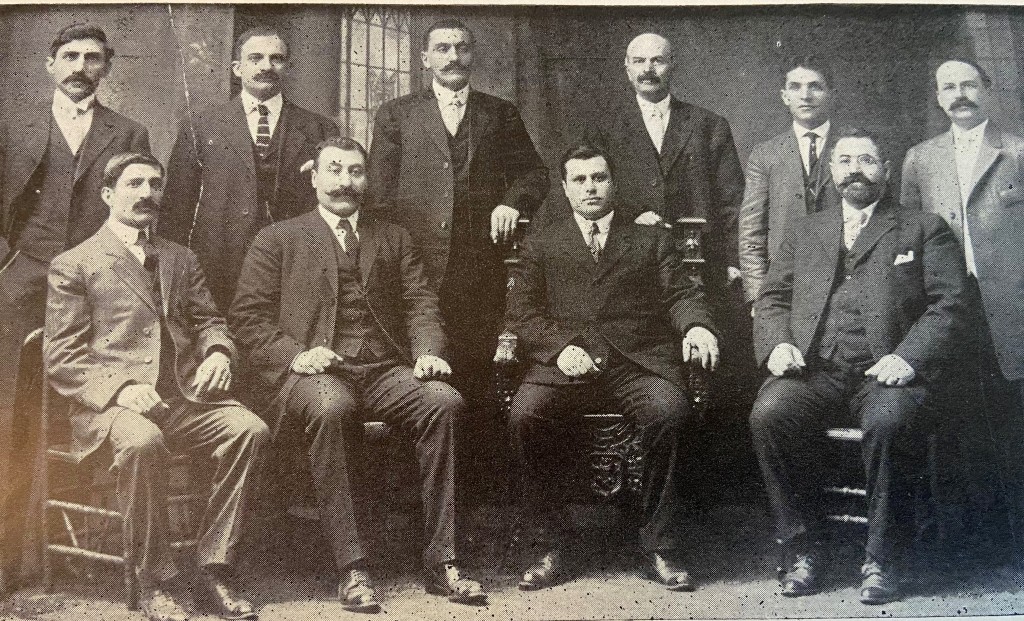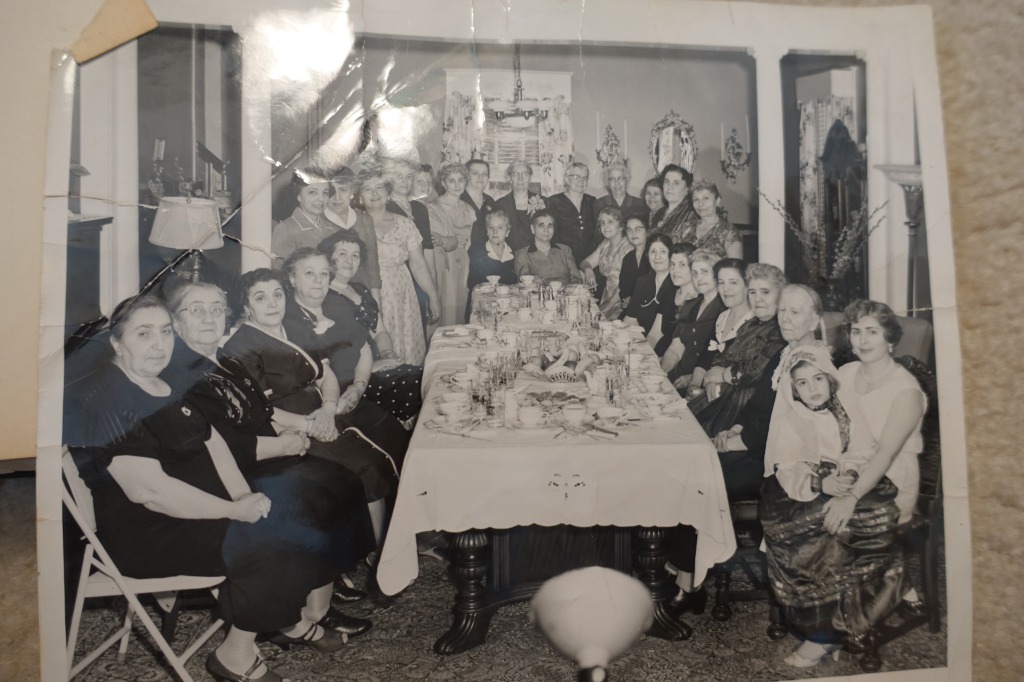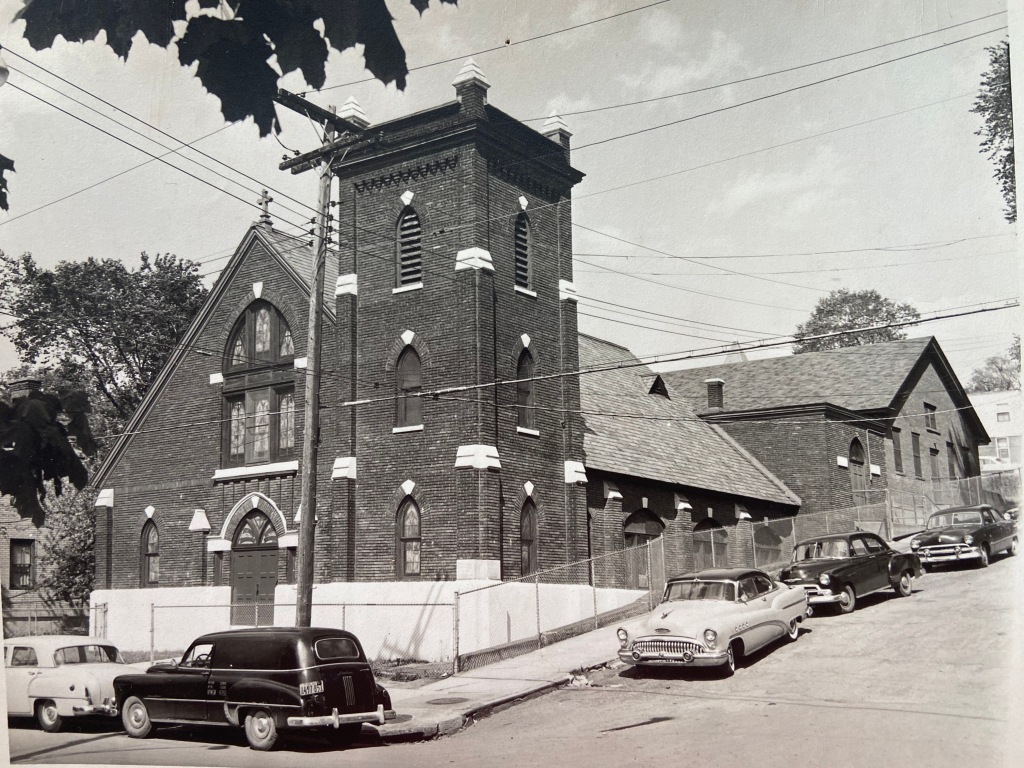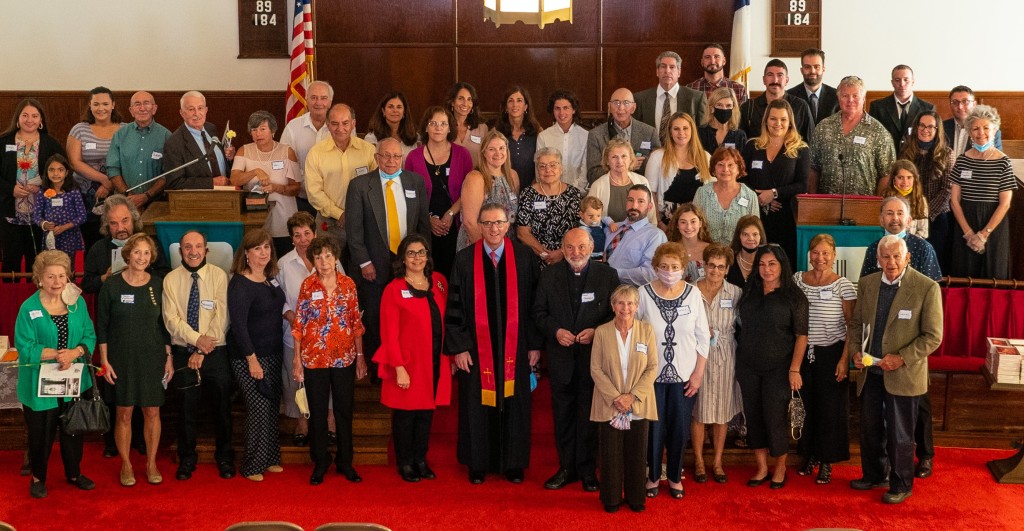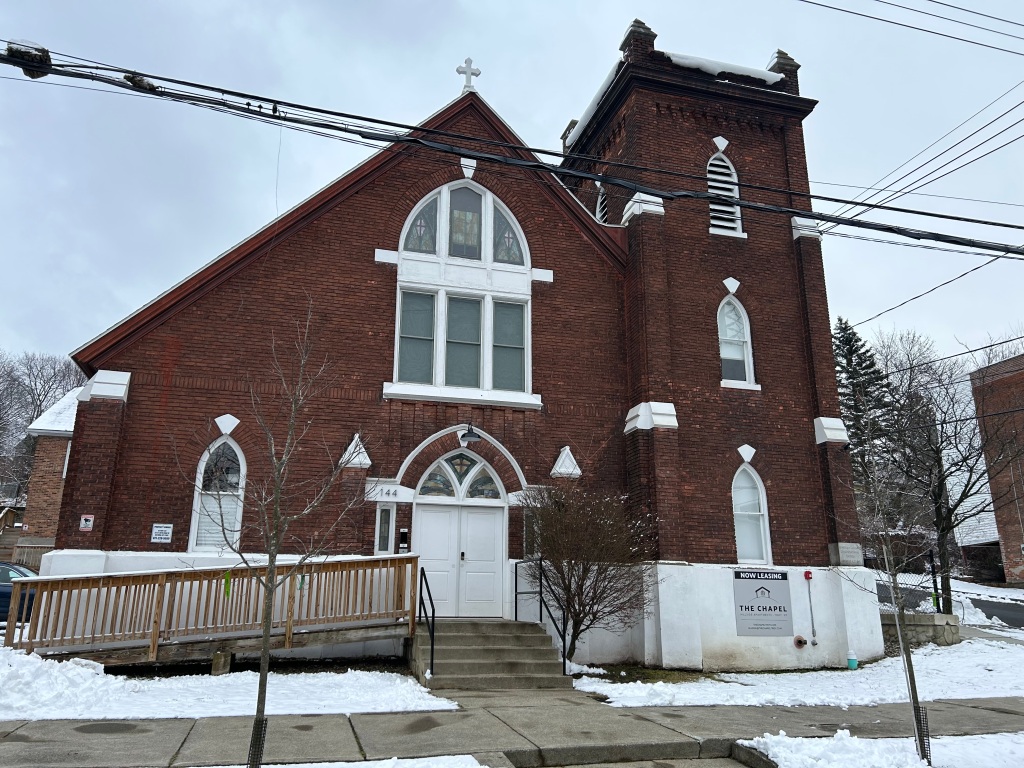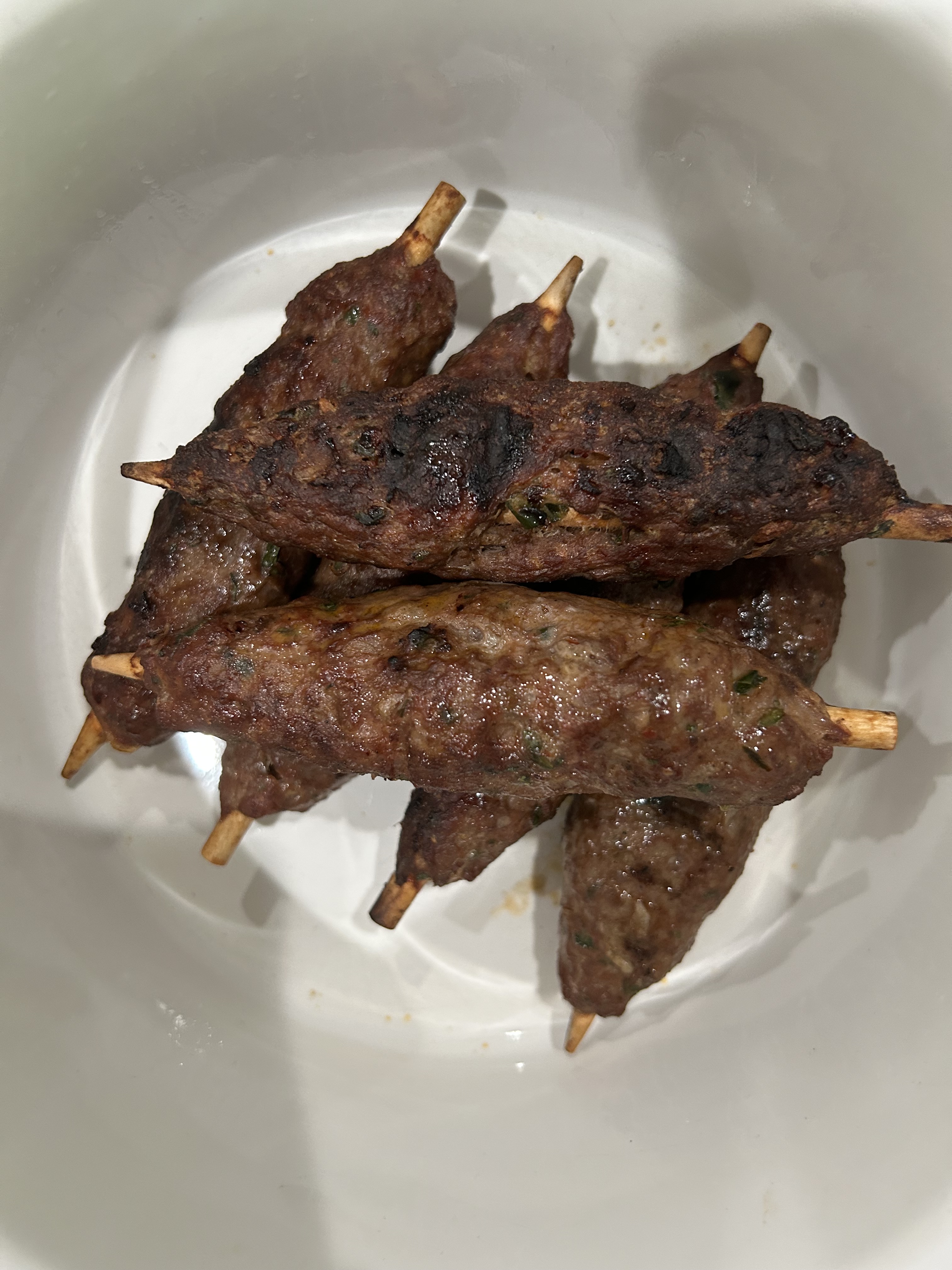Almost five years ago, when I unknowingly began my journey back to my childhood Armenian church before it closed forever, I began experiencing a series of little miracles.
The first miracle was the call itself. My elderly cousin interacted periodically with my older sister but had never, that I can recall, contacted me. He called me with a purpose. He was helping another cousin with an ancestry search of the Armenian side of our family, and he had run across a name from our shared grandfather’s generation that he had never heard. Would I see if I could find anything, perhaps in church records and/or county records.
The next miracle was locating the church records. The Armenian church which we attended through my childhood and early adulthood was closed–had not held a service since 2011. Finding the records required a series of mini miracles. I hadn’t had contact with anyone from the church in decades, so I had no idea who to contact. There was one minister, back in the ‘90s, whom I knew from my years in the Armenian Protestant Youth Fellowship. I had no idea where she was, but I thought if she still was an active minister, I probably could find her online. Miracle number three was finding an email address for her and successfully making contact.
She had indeed maintained contact with some of the church members, and let me know who, if anyone, could help me. The church building was for sale, and two brothers had taken on the responsibility for keeping it intact while it was awaiting a buyer. I called one of the brothers, who had no idea where the records were. He said another member had tried to find them for an ancestry search and had not been successful. But miracle number four: he graciously agreed to let me into the church.
My first visit (of many, it turned out) to my childhood church was shocking and depressing. It was dirty and smelly and in total disarray. Something told me to look in the office first—although it seemed likely that the other member had done that. Miracle number five was finding the three volumes of church records almost immediately!
I obtained permission to borrow the volumes for a week or two, since I didn’t want to hold up the man who so generously came to the church to let me in. And miracle five was the effect studying the records had on me—a revival of my positive memories of the church and the people I knew. I felt compelled to write the story of the church—but I would need access to other documents and to the church building for research. Sam, the man who let me in the first time, agreed to have a key made for me so he wouldn’t have to let me in every time.

As my connection blossomed, so did my drive to give the church a meaningful closure. When I mentioned that to Sam, he said the church was in such bad shape, it would be impossible to make it suitable for a service. I decided to prove him wrong. I spent multiple visits there cleaning the vestibule and office to show the potential for just the cost of some cleaning supplies and elbow grease, which I gladly would contribute. I asked Sam and his brother – and another man, Tom, who was helping with the logistics of the sale – to meet me there for a proposal. The vestibule positively gleamed, the old oak polished to a high sheen, the rug cleaned, and the furniture washed and waxed. With the doors to the sanctuary closed, you couldn’t tell that this was a part of the original dirty, smelly church I viewed on my first visit.
Miracle number six was not just their agreement, but genuine enthusiasm.
From that point on, the project proved that it was meant to be. As other members of the church heard about this, some volunteered to help with the cleaning and preparations. Another volunteered to prepare a booklet of stories and photos and history and memories to hand out when the closure service was held. Then there was a woman who was related to many of the members, although she wasn’t a church member herself. She had such favorable memories of those members and the occasional visits to the church, she volunteered to arrange for a video to be made of the service and a group photo taken. And the former minister, who was unable to be with us on the day of the service, provided an audiotape with her own message. The Armenian Missionary Association of America helped us find an Armenian minister to lead the service. And a church member tracked down someone who could get the organ working and an organist to provide the music at the service.
The members aimed for early 2020 for the service. But as we all remember, Covid hit and impacted any gatherings. Undaunted, the service was scheduled for September of that year. It featured a baptism, which provided a bookend to the church’s first baptism in 1906.
There have been some setbacks since then that slowed progress on my story of the church and the Armenians who founded it. But those setbacks also gave me time to make changes in my approach: divide the nearly 140-year history from conception of the Armenian church in Troy through the closure service into two stories. The first is planned as a memoir, covering the final years. The second is planned to be historical fiction, beginning with the Armenians leaving their homeland that was no longer safe for them, through the founding and tumultuous first fifteen years of the United Armenian Calvary Congregational Church of Troy, NY.
Stay tuned for updates!



